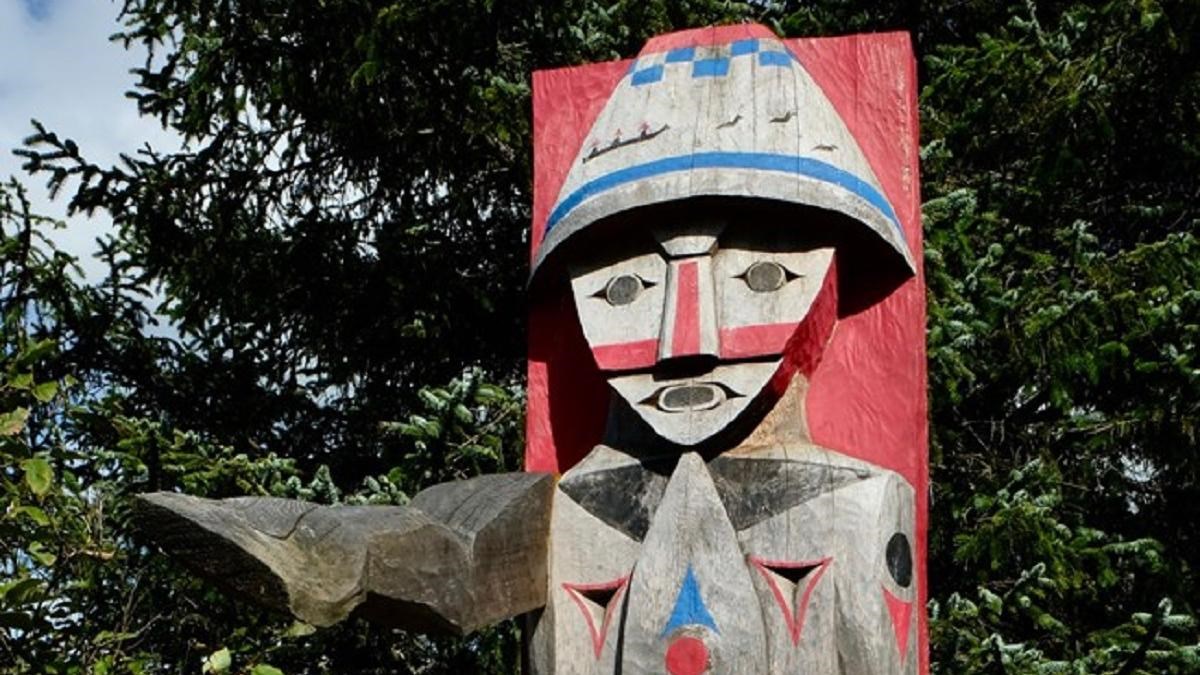Last updated: November 1, 2021
Place
NeCus' Park

NPS Photo
Lewis and Clark NHT Visitor Centers and Museums
This map shows a range of features associated with the Lewis and Clark National Historic Trail, which commemorates the 1803-1806 Lewis and Clark Expedition. The trail spans a large portion of the North American continent, from the Ohio River in Pittsburgh, Pennsylvania, to the mouth of the Columbia River in Oregon and Washington. The trail is comprised of the historic route of the Lewis and Clark Expedition, an auto tour route, high potential historic sites (shown in black), visitor centers (shown in orange), and pivotal places (shown in green). These features can be selected on the map to reveal additional information. Also shown is a base map displaying state boundaries, cities, rivers, and highways. The map conveys how a significant area of the North American continent was traversed by the Lewis and Clark Expedition and indicates the many places where visitors can learn about their journey and experience the landscape through which they traveled.
It was here, in January 1806, that William Clark and a few members of the Lewis and Clark Expedition, while searching for a 105-foot beached whale, met with members of the local tribes from whom they bought whale oil and blubber. Expedition member Hugh McNeal also nearly met his end here because of a plot to steal his clothes and blanket by a man visiting from a distant village. McNeal was saved by a Tillamook woman who, upon realizing she couldn’t stop him from going with the man, alerted the other men of the village to the danger.
Today, Necus’ Park is incredibly important to the Clatsop-Nehalem Confederated Tribes. In 2016, a 10-foot cedar statue of a young Clatsop man, called a welcoming pole, was erected along the bank of Ecola Creek at the park’s edge. Carved by native artist, Guy Capoeman, the welcoming pole commemorates a time, prior to the arrival of Europeans, when the tribes traveling to the Columbia River or Nehalem Bay would visit one another and attend celebrations and potlatches (gift-giving events to celebrate friendship between members).
The statue is one of the highlights on the Cannon Beach Public Art Walking Tour, a 1.5-mile self-guided tour through the city. For more information on the walking tour, visit Public Art Walking Tour | Cannon Beach, Oregon.
